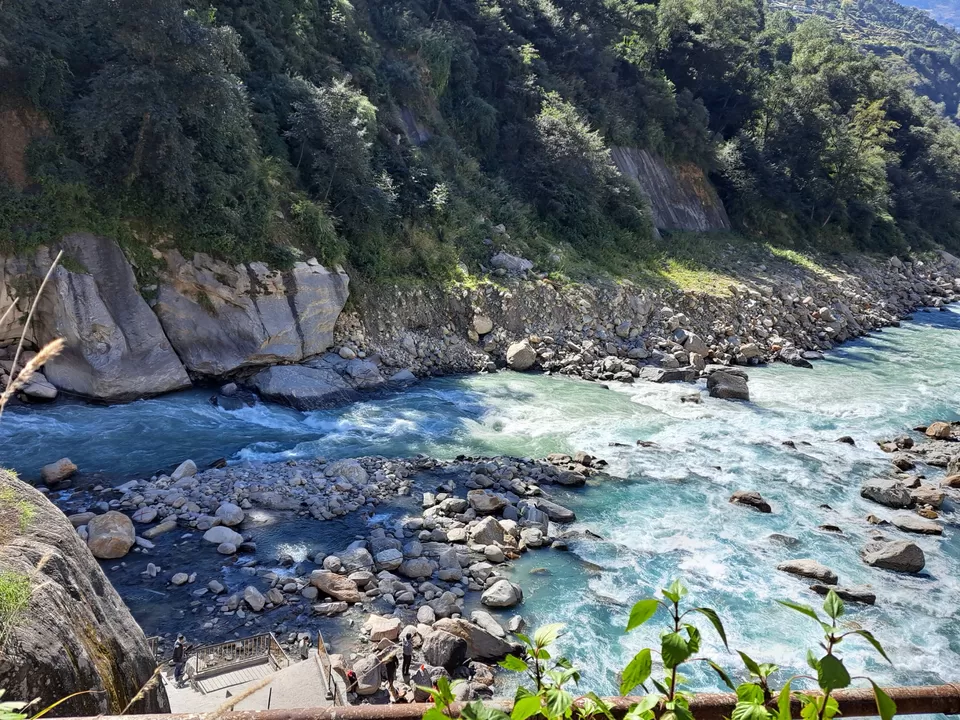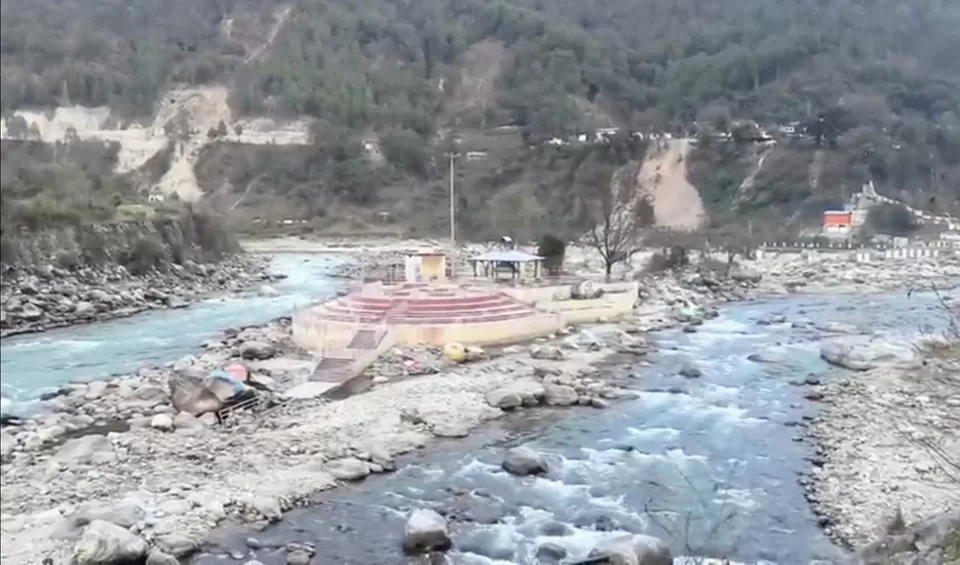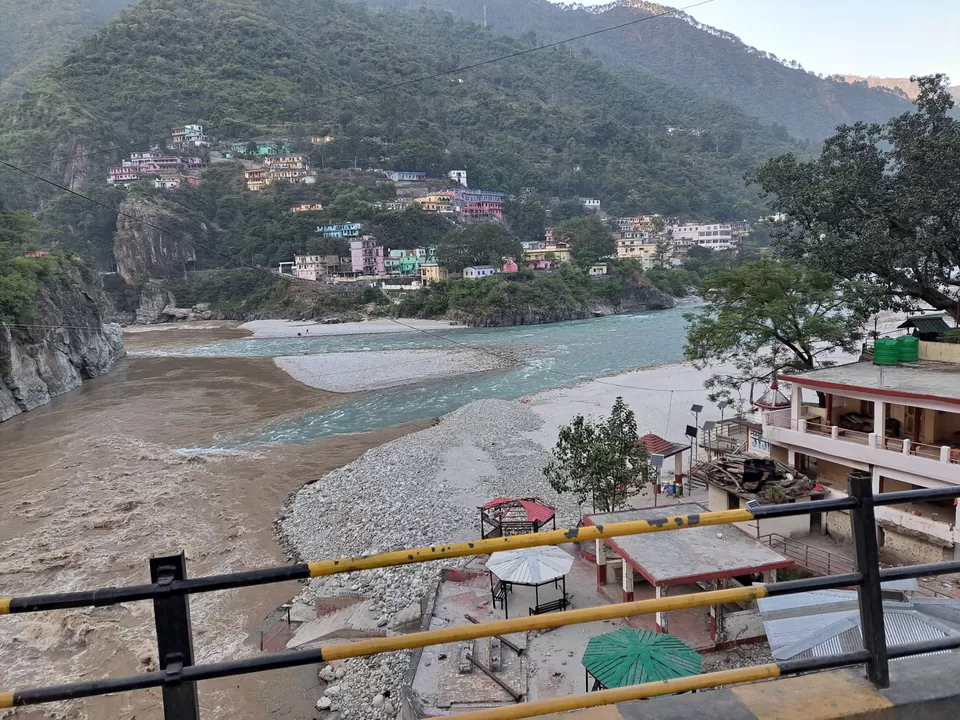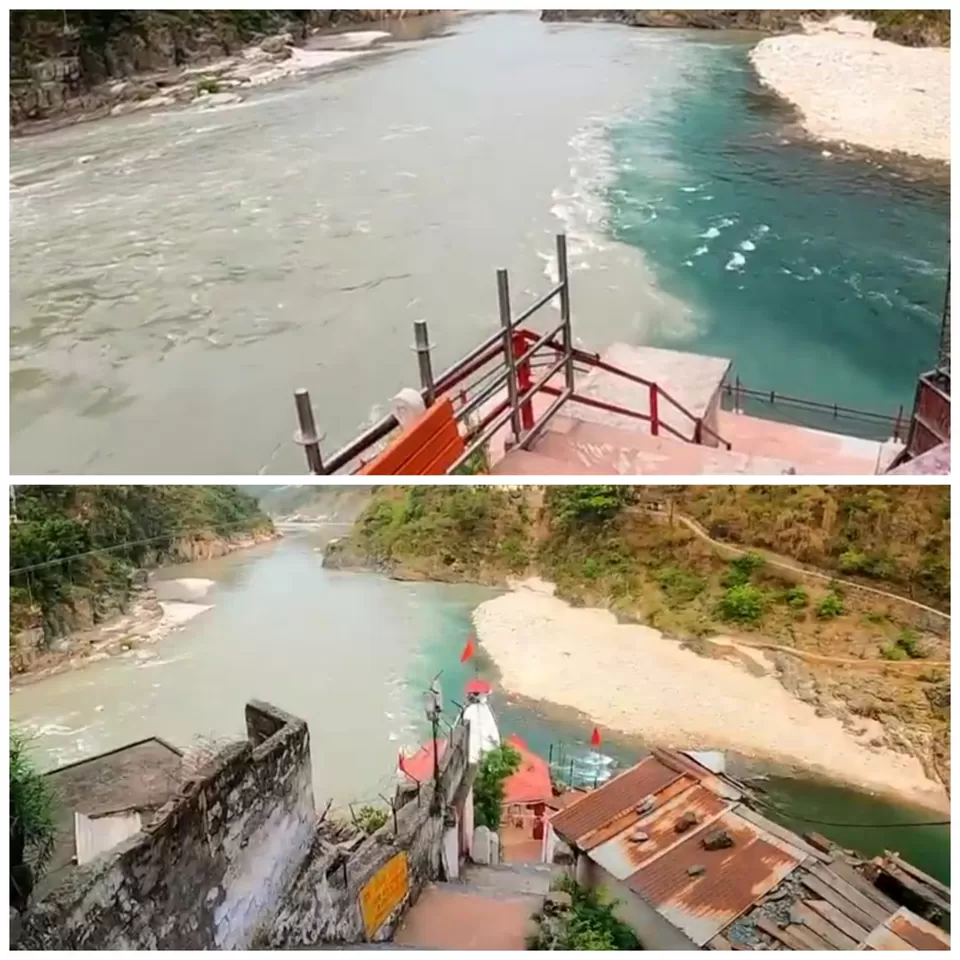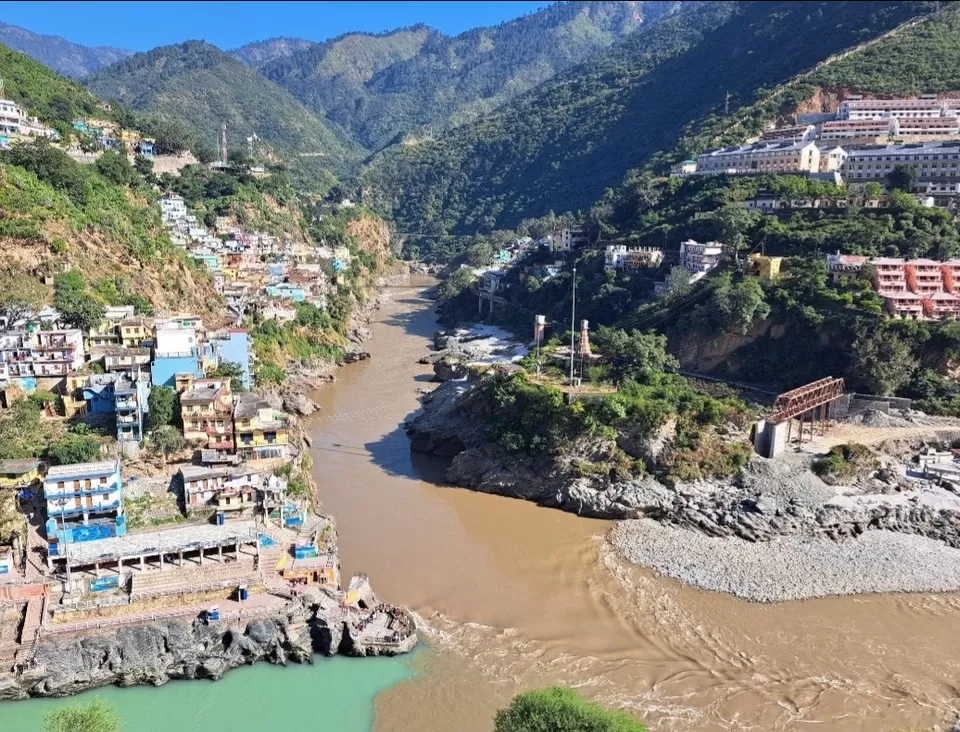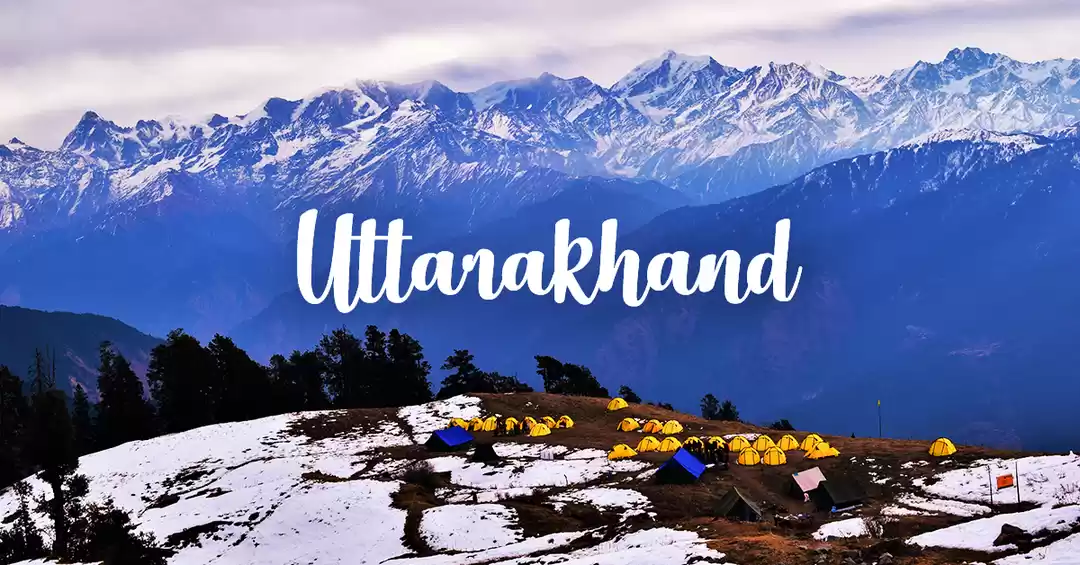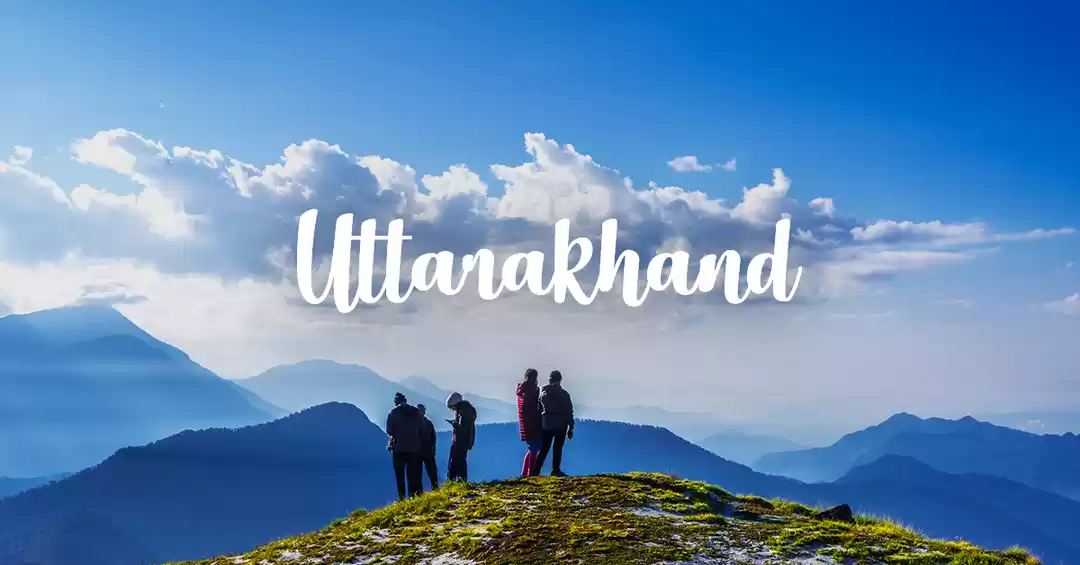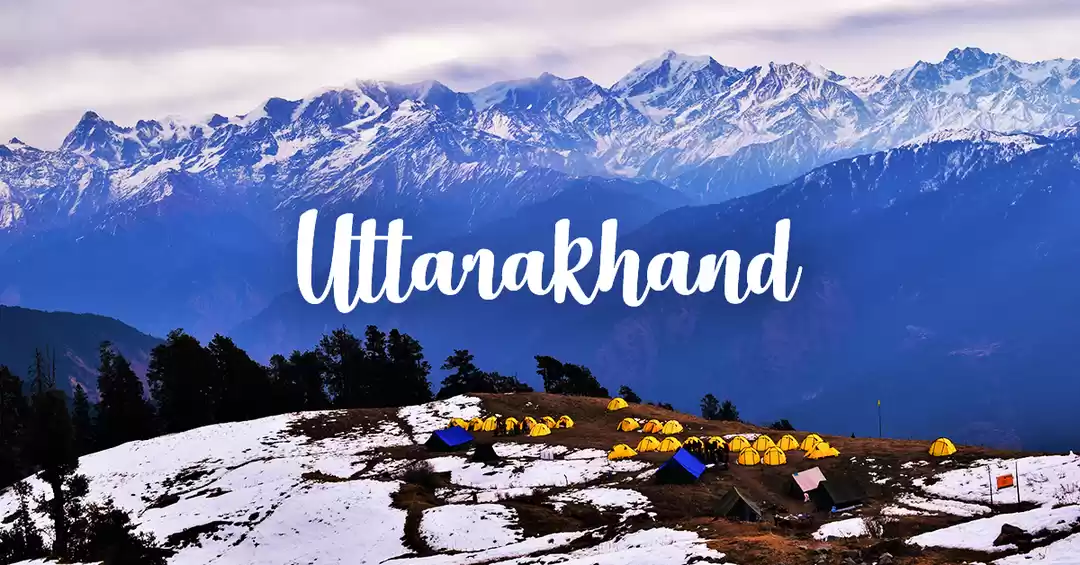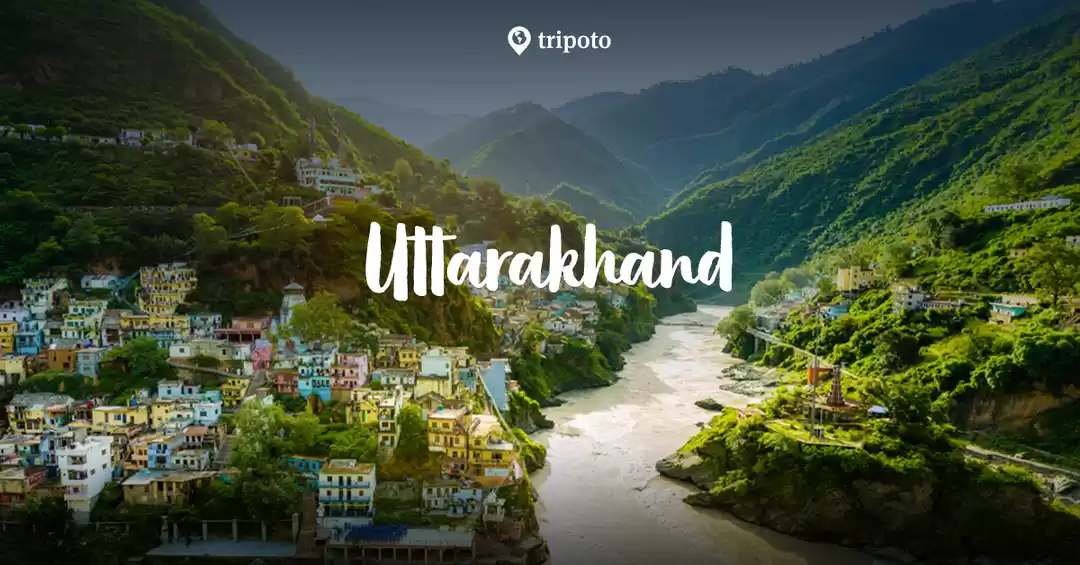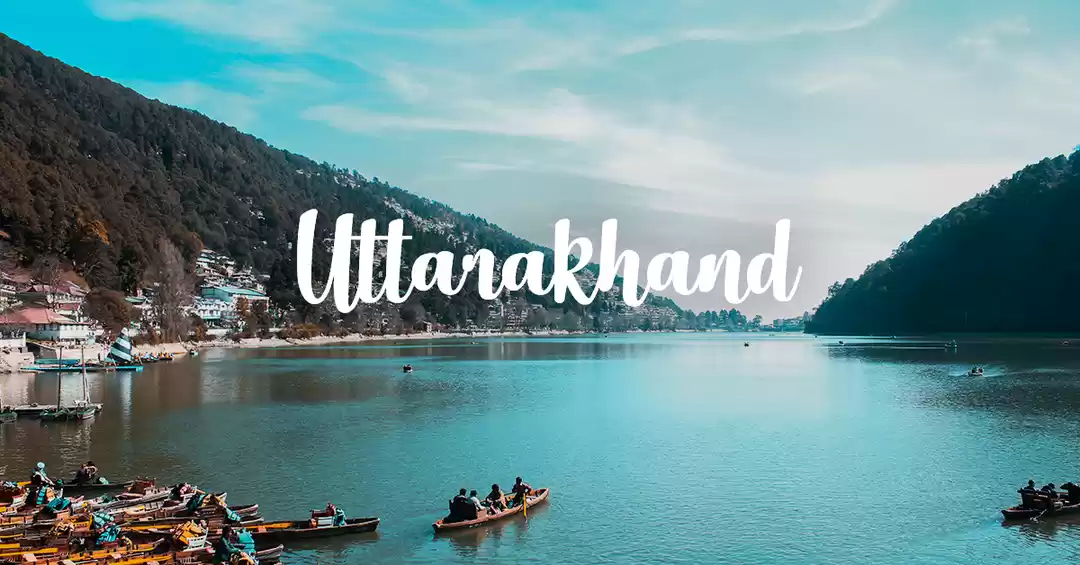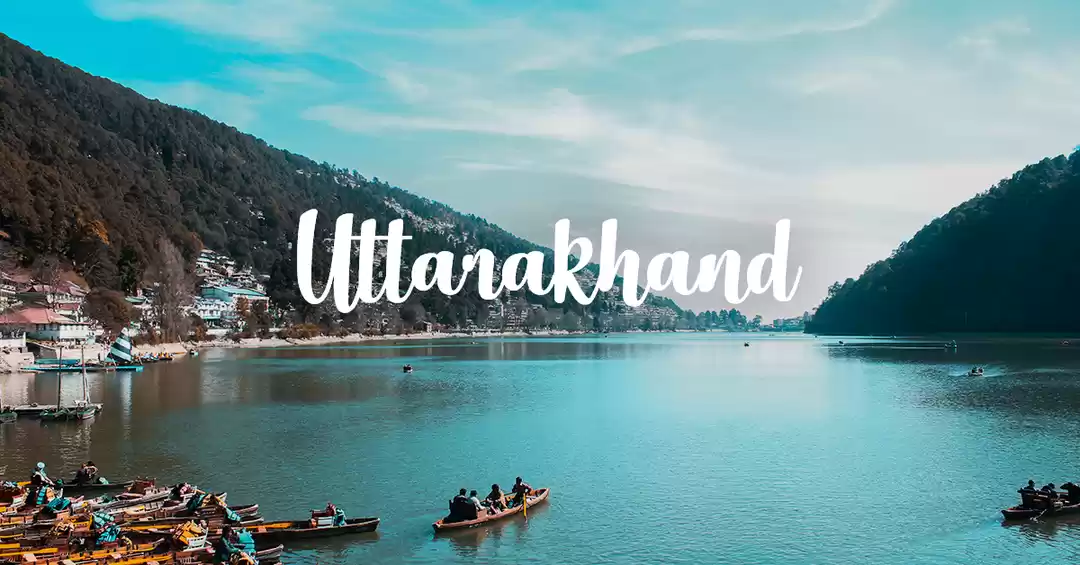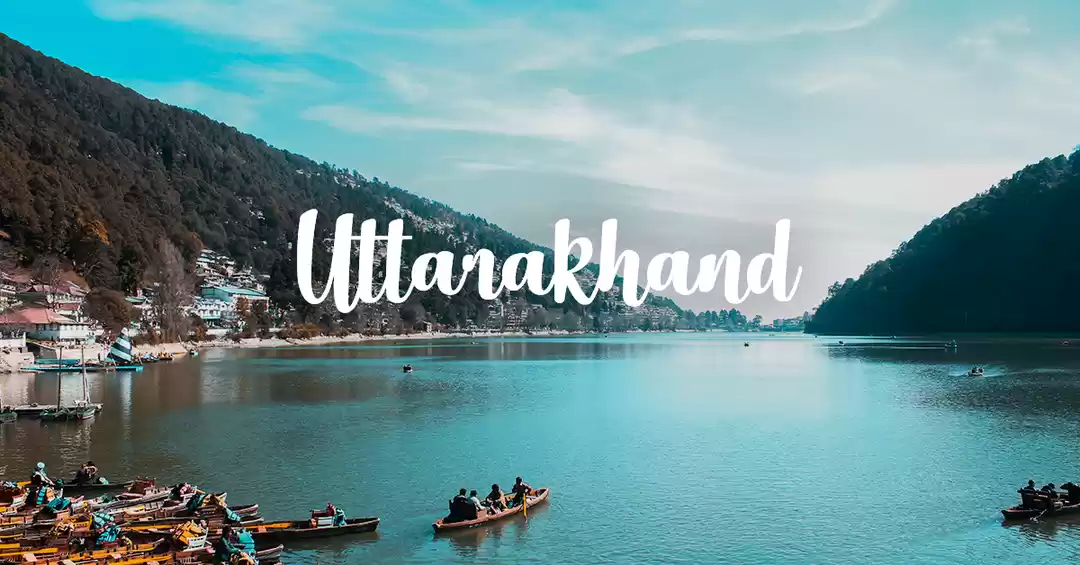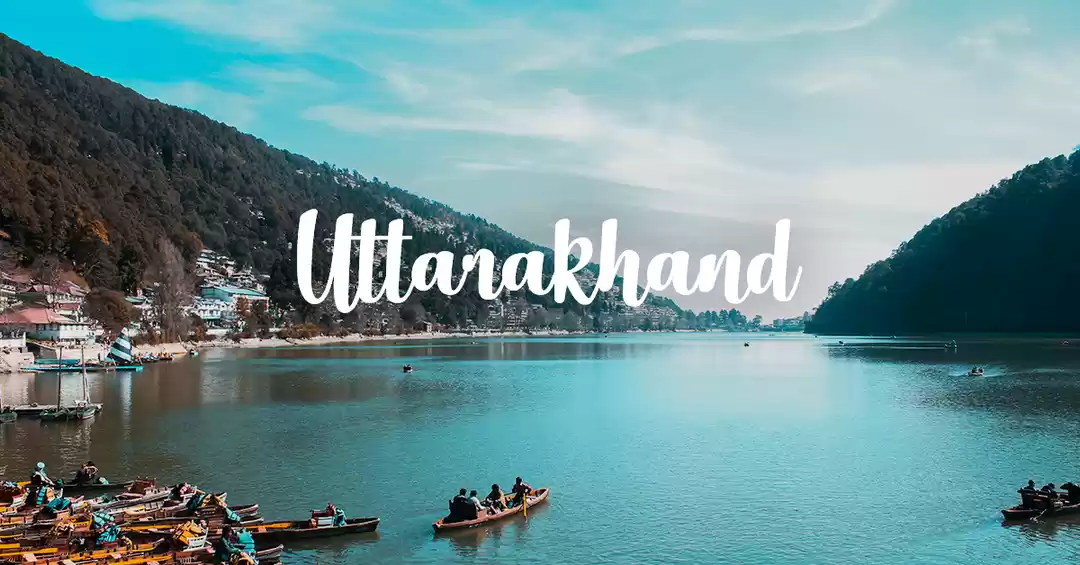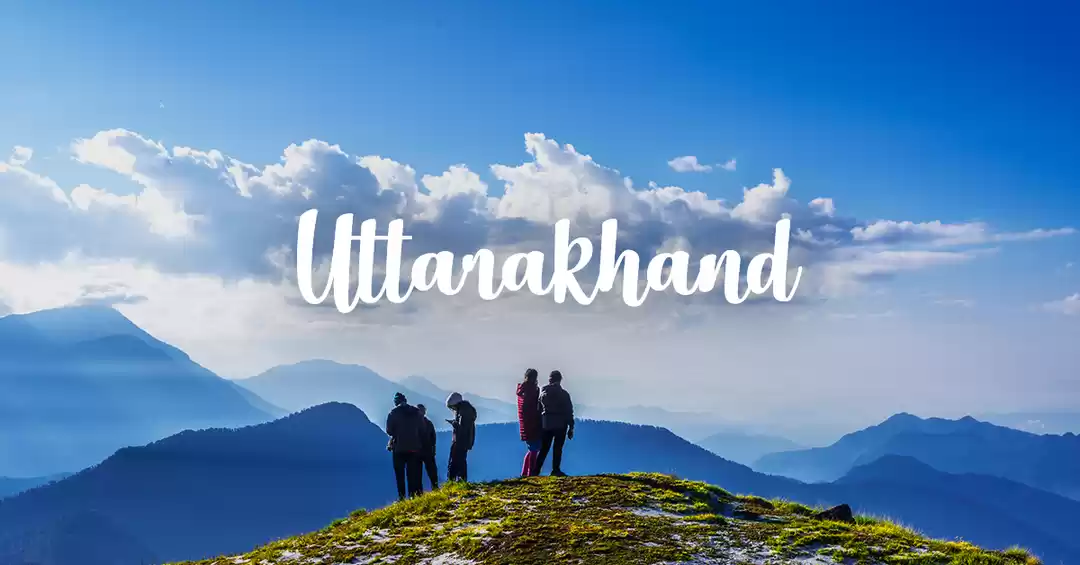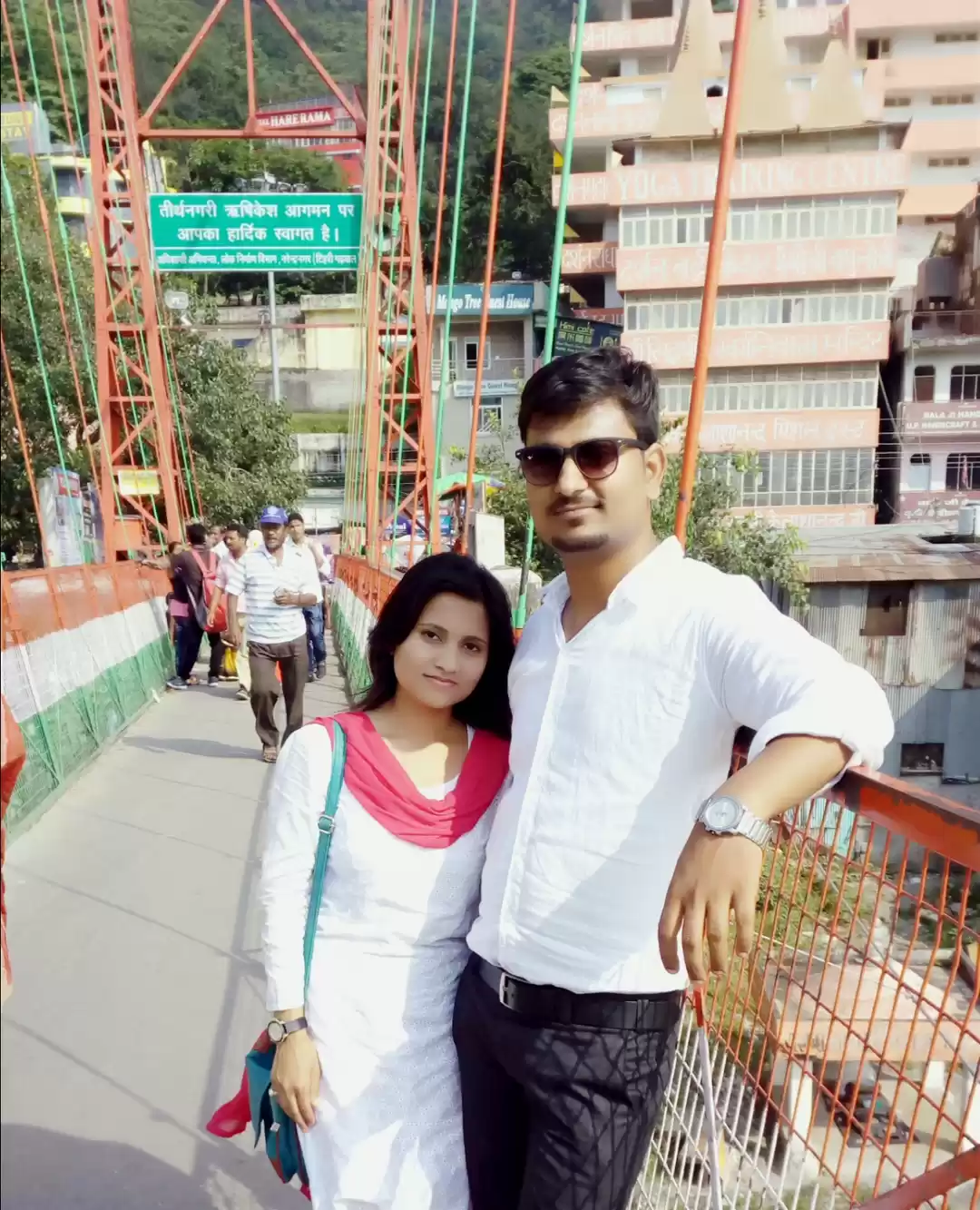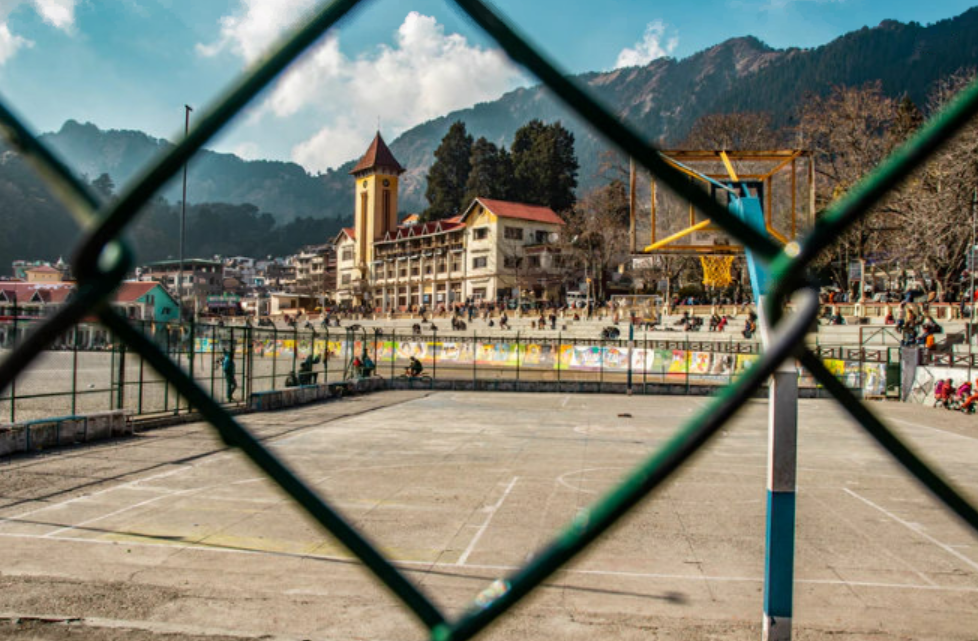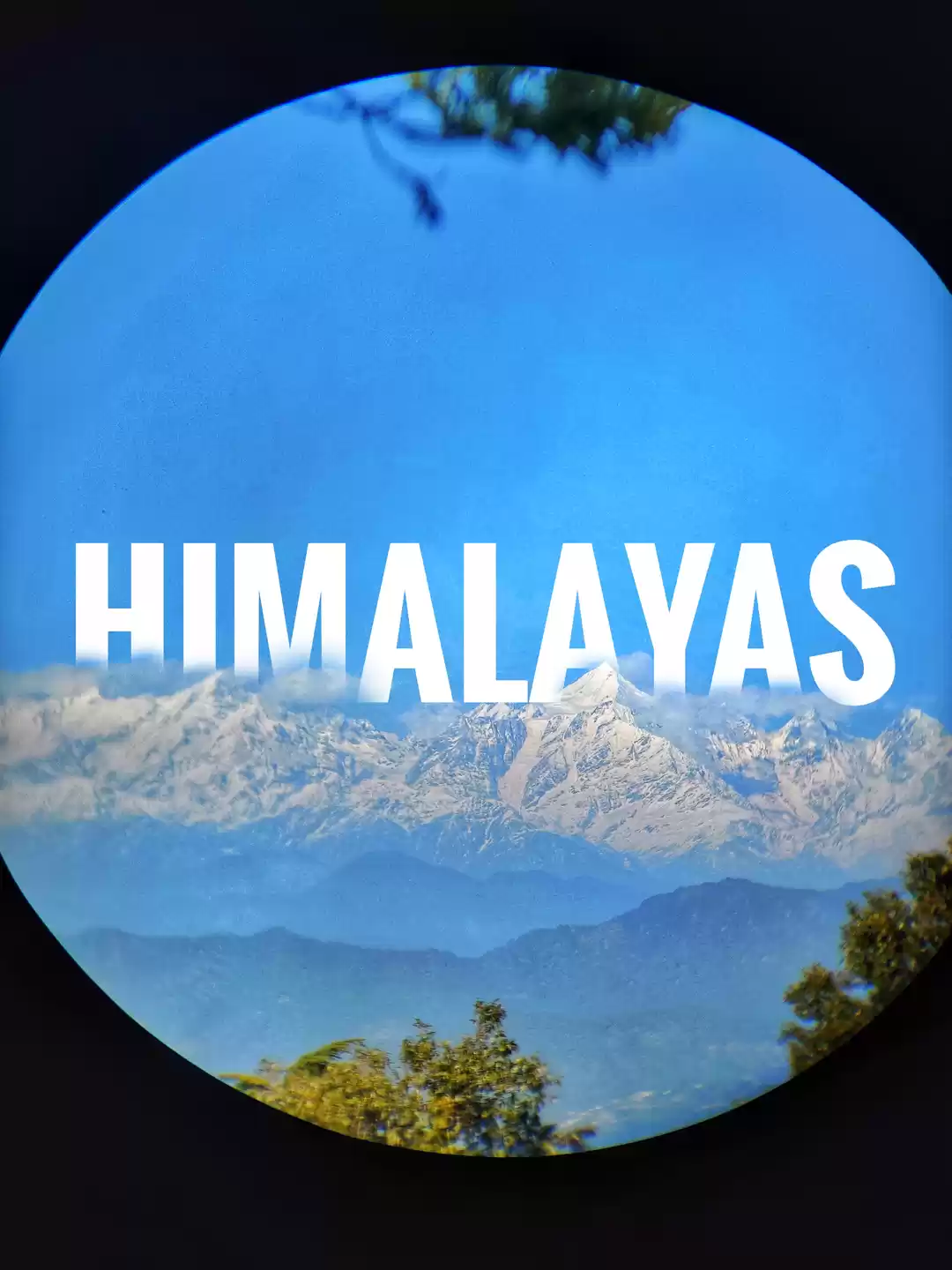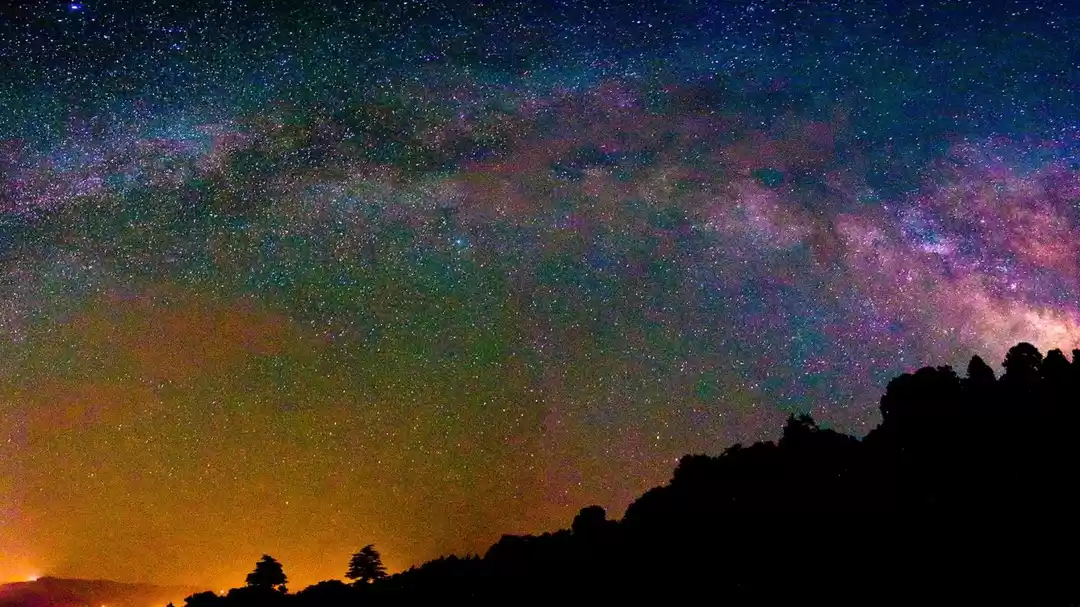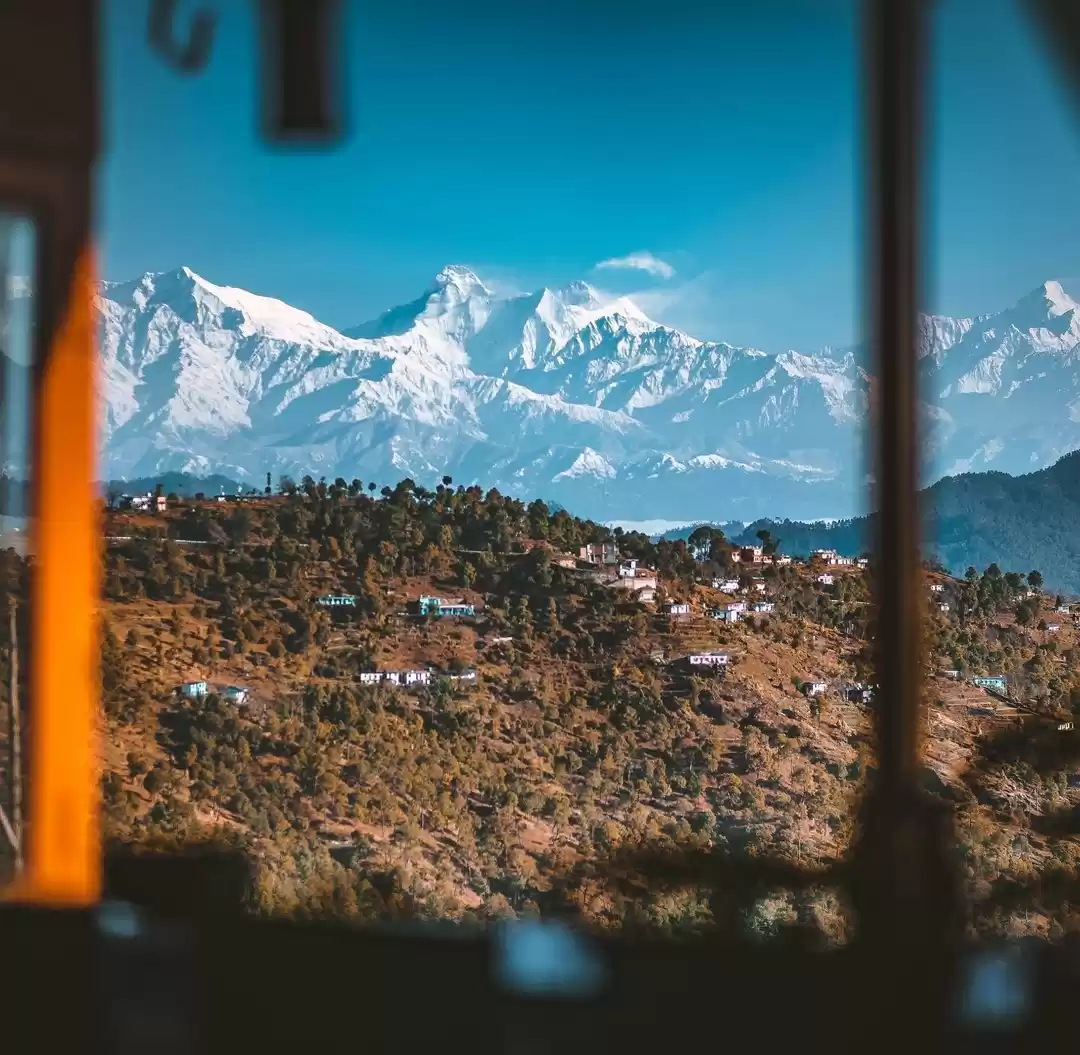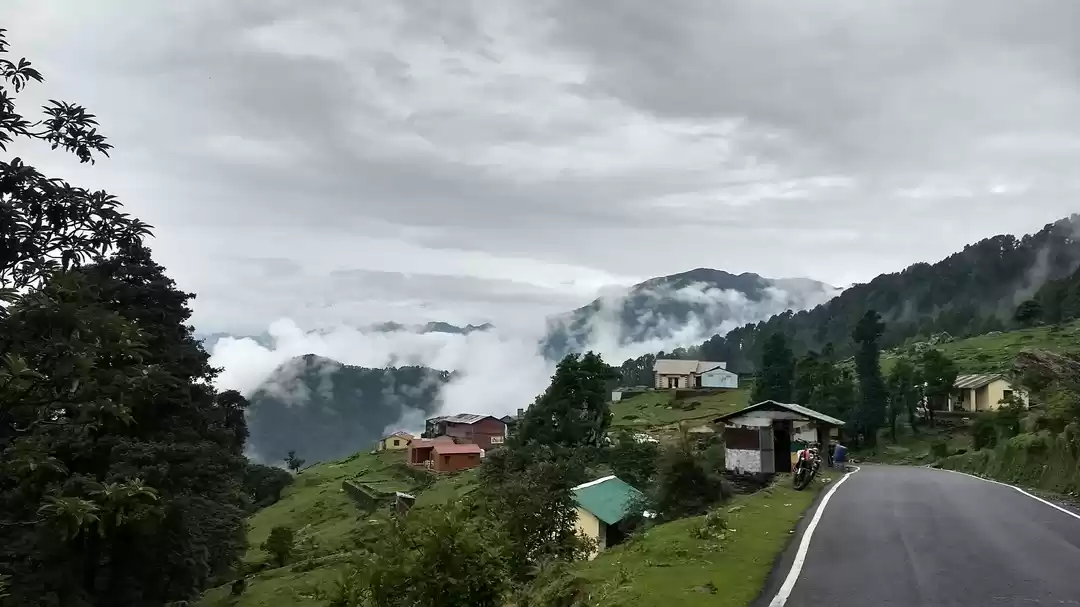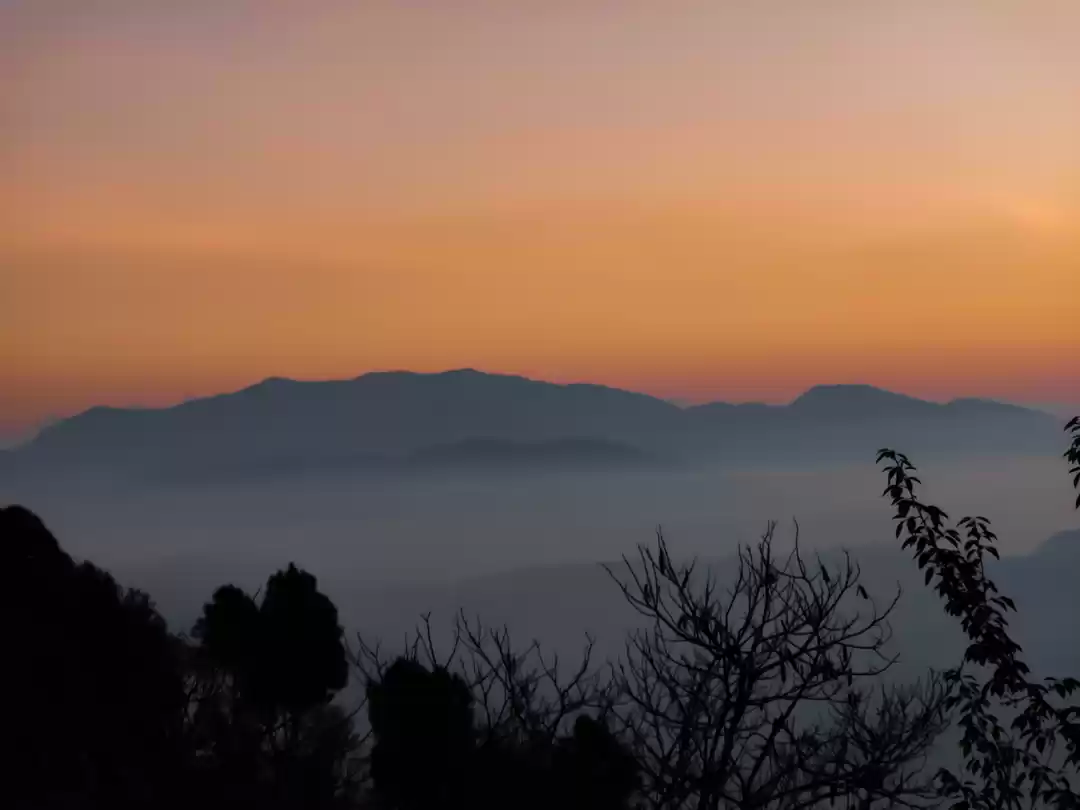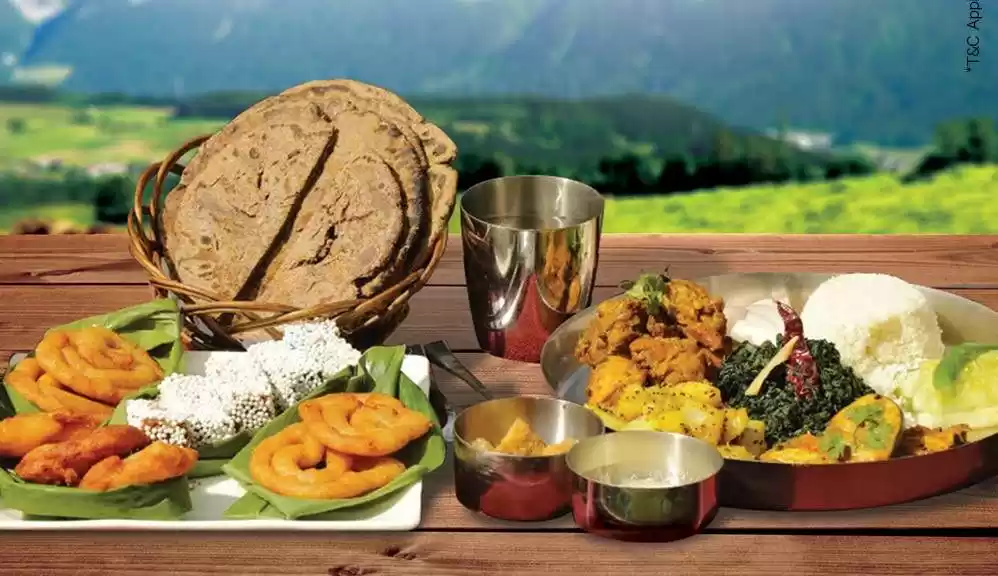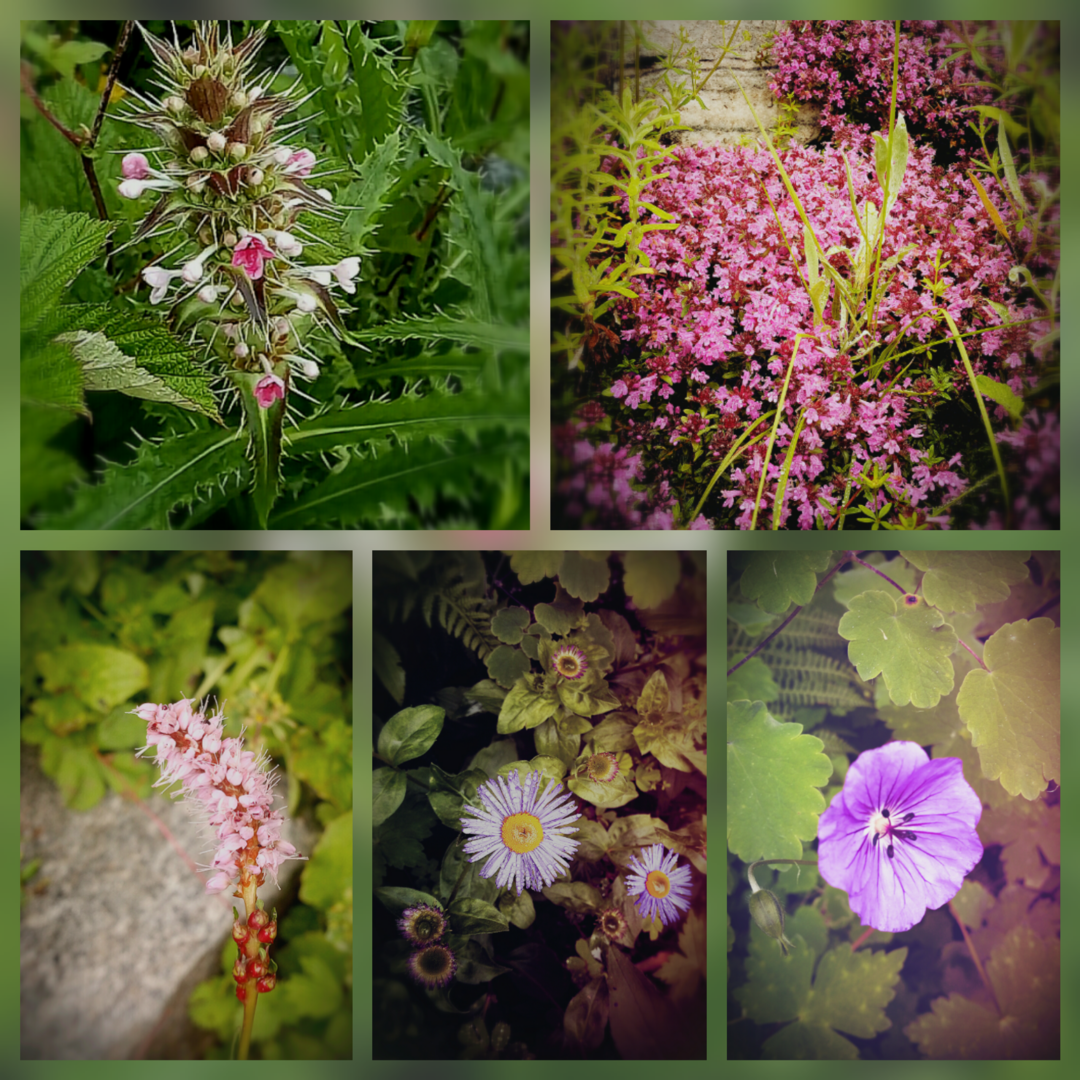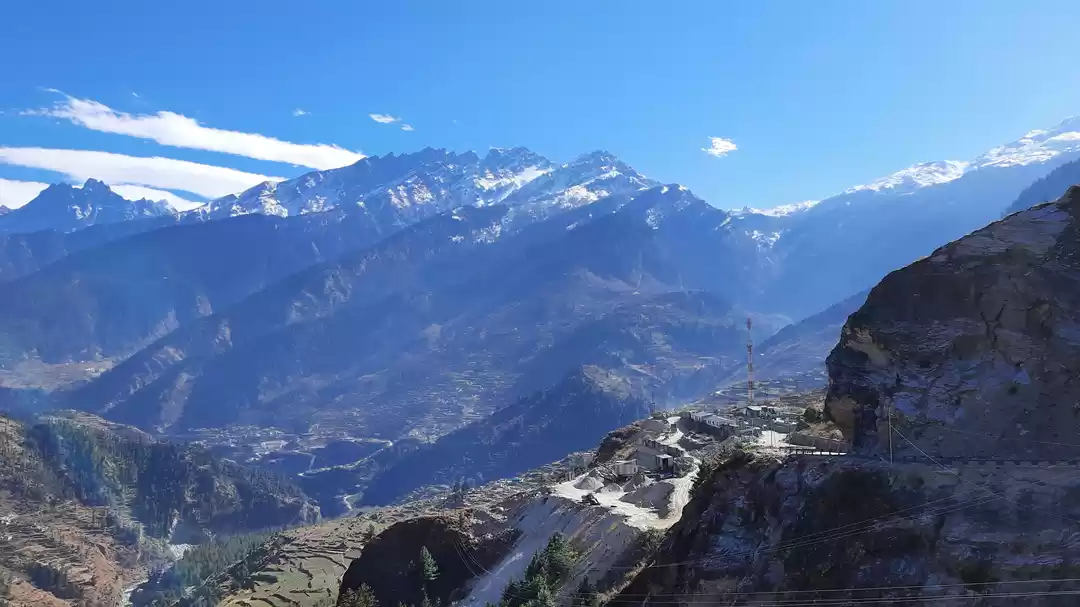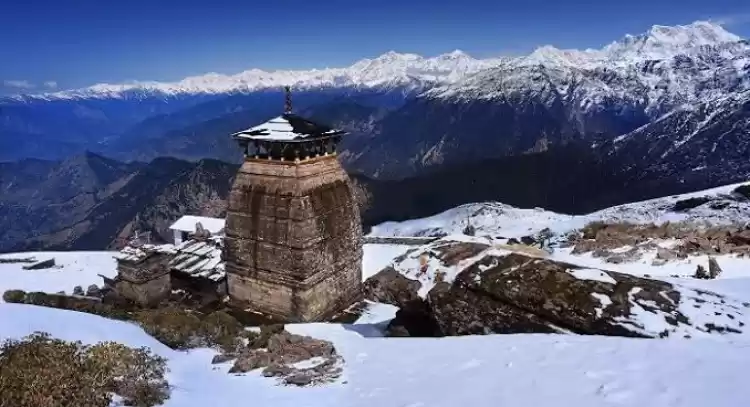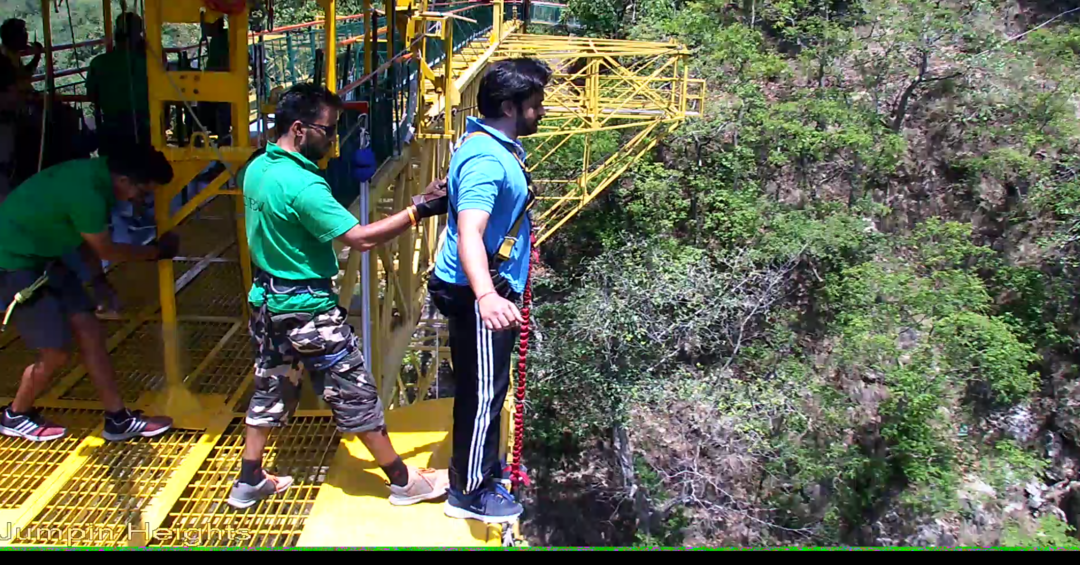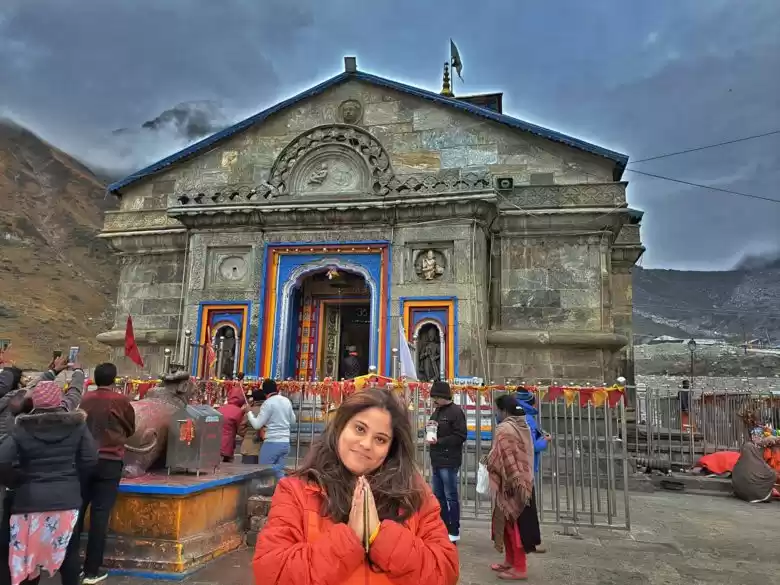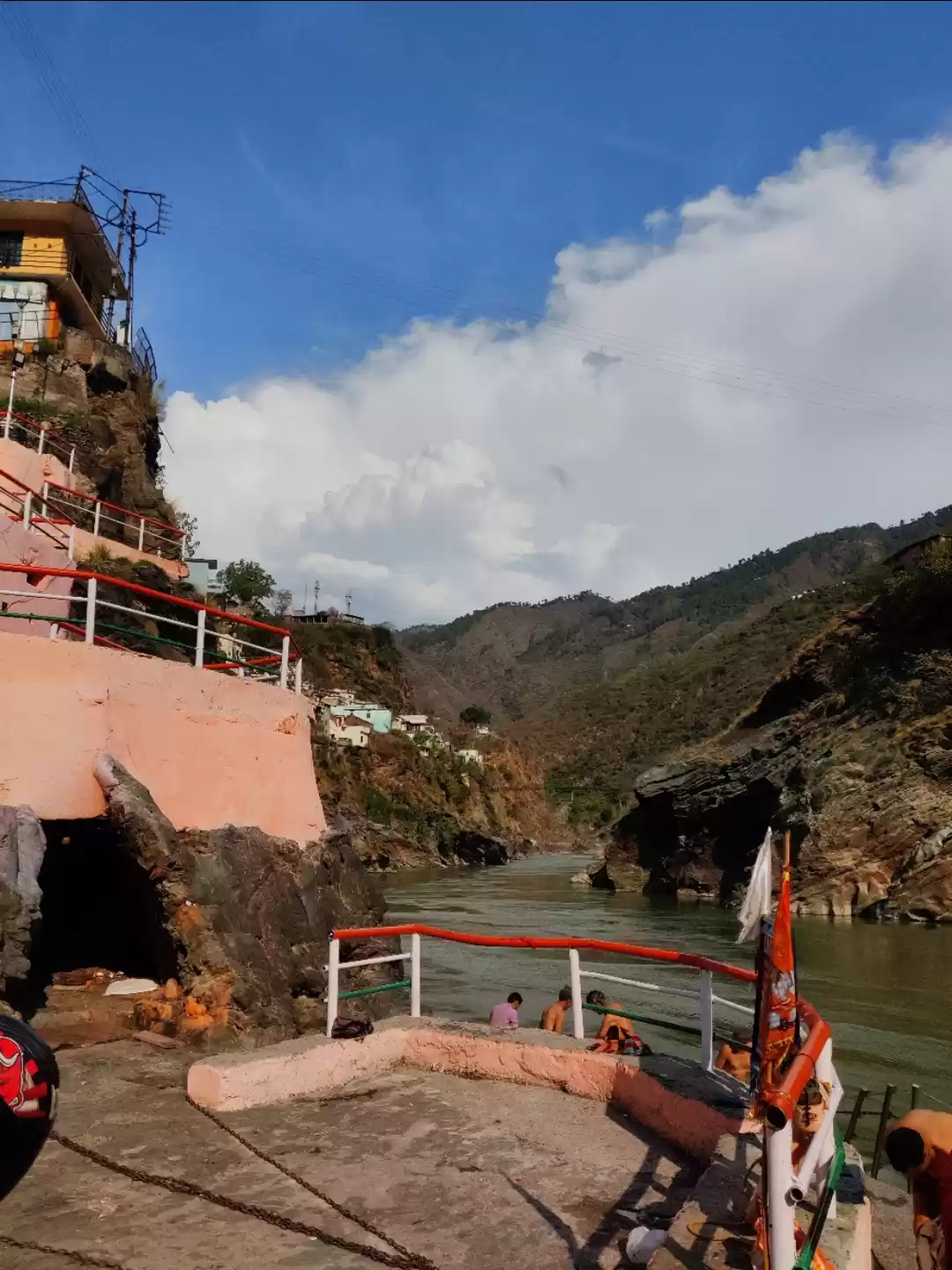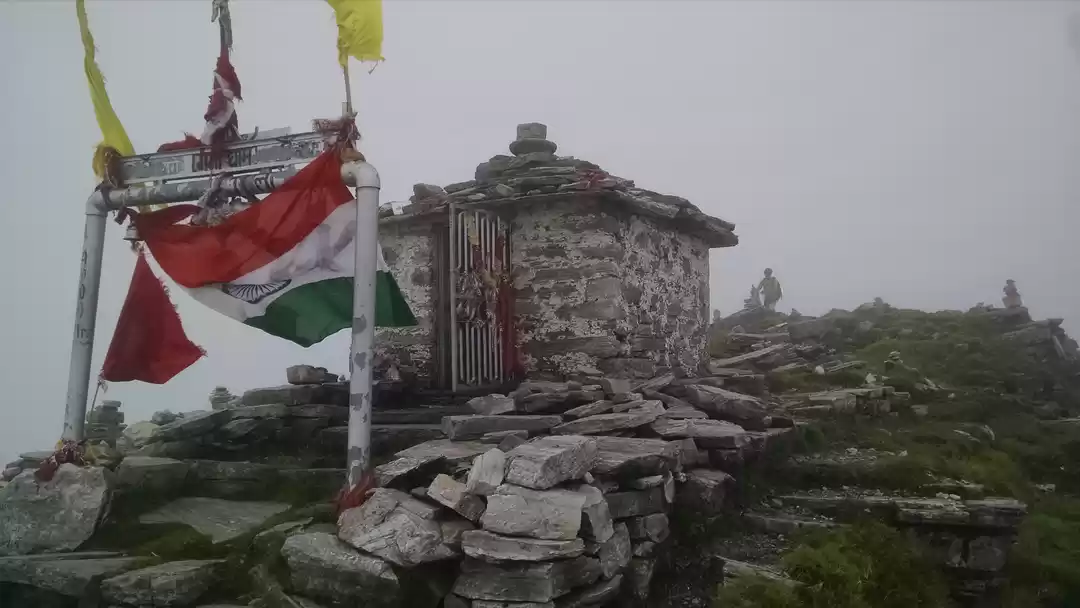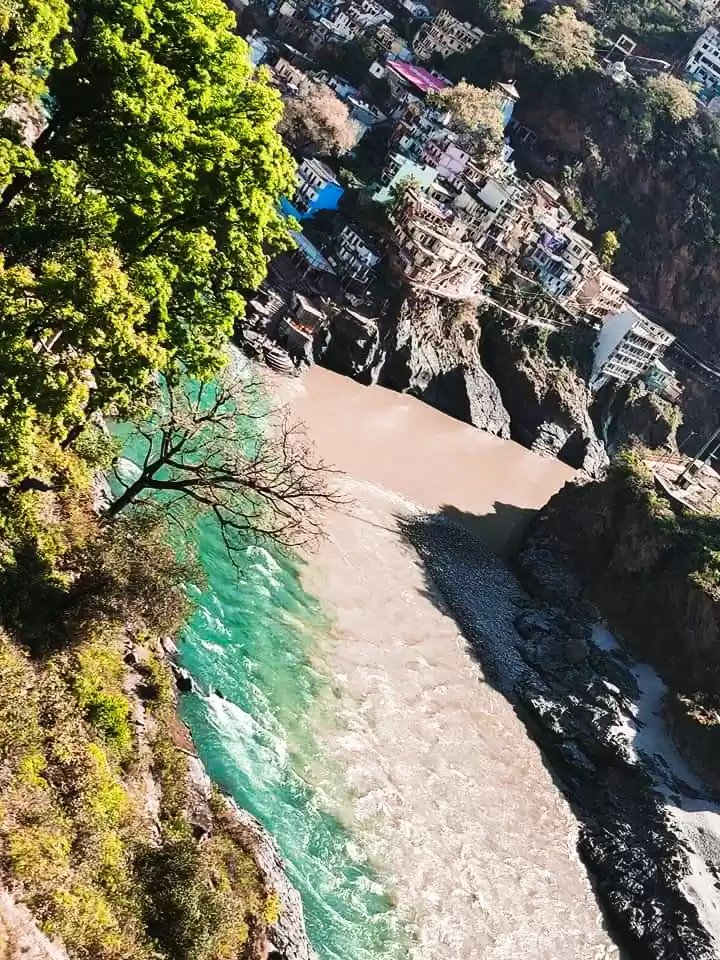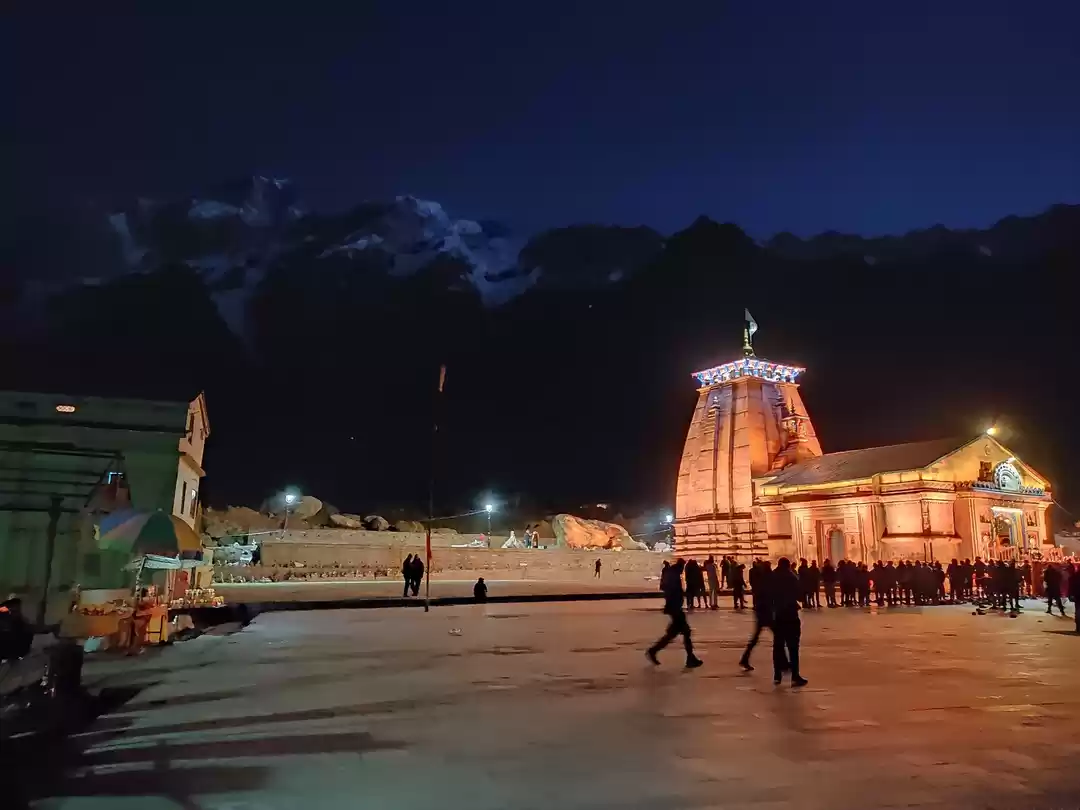Panch Prayag means "Five Confluences".
It refers to the five confluences which takes place at Vishnu Prayag, NandaPrayag, Karna Prayag, RudraPrayag and DevPrayag respectively to form river Ganga. Ganga, the most sacred of Indian rivers, worshipped as the life-giving goddess, which brings salvation to this land. This great river, emerges from the icy glaciers of the Himalayas. Pilgrims bathe in the Ganga on various auspicious days and the water of Ganga is used for purification rituals.
According to Hindu Mythology when Goddess Ganga started her descent to earth, to cherish mankind, Earth was not able to face the force which Ganga had. To temper her force Ganga was split into 12 channels. The siblings again get united into a single stream after Devaprayag.
After the confluence of Alaknanda with Bhagirathi at Devprayag, the river is known as Ganga.Four other confluences higher up add up to form the five holy confluences or Panch prayag, which pilgrims visit for worship.
The Panch Prayag Meeting Points are
• Alaknanda meets with Dhauli Ganga at Vishnuprayag.
• Alaknanda meets with Nandakini at Nandaprayag.
• Alaknanda meets with Pindar at Karnaprayag.
• Alaknanda meets with Mandakini at Rudraprayag.
• Alaknanda meets with Bhagirathi at Devprayag
VISHNUPRAYAG where Alaknanda meets with Dhauli Ganga is the first of thePanch Prayags.Vishnuprayag lies in Chamoli district on Joshimath-Badrinath road, 35km from Badrinath temple. Situated 1,372 meters above sea level, Vishnuprayag derives its name from Lord Vishnu who appeared at this place to answer to the meditation of sage Narada. CharDham tourists offer worship to the temple and confluence Vishnuprayag before going to Badrinath temple. Most of the pilgrims take a dip in the nearby Vishnu Kund before entering the temple. It is prohibited to take dip in the rivers at Vishnuprayag because of its strong current.
NANDPRAYAG where Alaknanda meets with Nandakini is the 2nd Prayag.
Once the capital of Yadu Kingdom Nandaprayag is known for the scenic views of the snow-capped mountains.
Raja Nanda performed Yagna on a stone which was later used as the foundation of Nand temple situated in NandaPrayag. Hindu devotees take a dip at the sacred confluence at Nandaprayag before entering Nanda temple to perform pooja. The mesmerizing beauty of two sister rivers meeting at the confluence will remain in your mind all your life. One fierce sister meeting another placid sister and both calming down to flow together offers an enchanting view.
It is said that the confluence is named for the pious Raja Nanda. He came here to perform the Maha Yagna. It is also believed a dip in this confluence cleans one of all the sins.According to one legend, the king had been promised the boon of Vishnu as a son. Unfortunately, the same boon had been granted to Devki, the imprisoned sister of the tyrant king, Kansa. Ultimately, the gods found an ingenuous if wily solution: Vishnu would be born as Krishna to Devki but would be brought up by Raja Nanda’s wife, Yasodha.
KARNAPRAYAG the 3rd Prayag where
Alaknanda meets with Pindar River, gets its name from Karna, the son of Suryadev Sun God and Kunti mother of Pandava's, the heroes of Mahabharata. It is believed that the confluence of Alakhananda and Pindar river was the spot where Karna meditated to satisfy the Sun God and was finally blessed with the impregnable shield called Kavach and Kundal Armour & Ear rings.Formation of Karna Prayag has its legendary history connected to Panch Prayag formation.
Karnaprayag holds its significance in the meditative vibes it spreads. The pleasing weather, fascinating beauty of the surroundings and positive vibrations around Karnaprayag temple, the holy confluence and nearby makes Karnaprayag a perfect spot to practice meditation and spiritualism. Karnaprayag is the spot where Swami Vivekananda meditated for 18 days along with many other people.
The age old temples of Uma and Karna hold significant position among the people of Garhwal and Kumaon. Pilgrims visit these temples and the holy confluence Karnaprayag throughout the year with great devotion and faith. Shradha or the last rites of late ancestors at the prayag or confluence, & pooja worship at the temple is practiced by most of the Hindu devotees.
Pindar river flowing rapidly from the Pindar glacier and placid Alakhananda meet at Karnaprayag and amaze the tourists and fascinate with their beauty. The panoramic view of Himalayas will hold you spellbound!
RUDRAPRAYAG where Alaknanda from the left meets with Mandakini on the right is the 4th Prayag. It is said that Narad was blessed by Lord Shiva in his Raudra avatar,or angry form here.
The confluence houses a temple of Lord Rudra and another of Goddess Chamunda, one of the nine forms popularly known as Nava Durga of goddess Parvati. Nearby sits a stone worshipped as Narad Shila where sage Narada, devotee of Lord Vishnu meditated to please Lord Shiva. Lord Shiva answered Narada’s meditation at the confluence & Narada asked the Lord to teach him how to play the musical instrument Veena. Lord Rudra performed the famous 'Tandava' Nritya or the vigorous dance which is considered to be the source of cycle of creation, preservation and dissolution - the three jobs assigned to Lord Brahma, Lord Vishnu and Lord Maheshwar or Shiva respectively, & taught Narada the skill to play the Veena.
One can keep looking at the confluence & hearing the sound of the flowing rivers for hours, it allows you to quiet your mind,open your heart and explore the realm of your inner world!
DEVPRAYAG where Alaknanda meets with Bhagirathi the last of Panch Prayag.
The mesmerizing beauty of the confluence leaves one spellbound!
It is said that Lord Ram and his father King Dashrath did penance here. The Raghunathji temple here is dedicated to Lord Ram.
Many Hindus do a Puja here for their departed loved one's!
